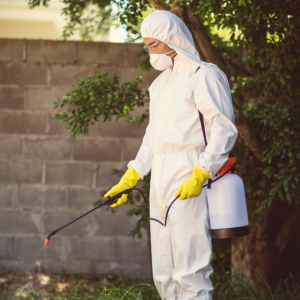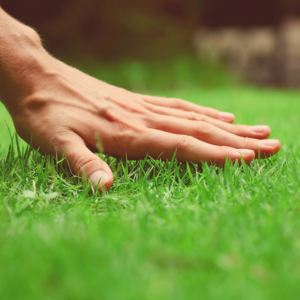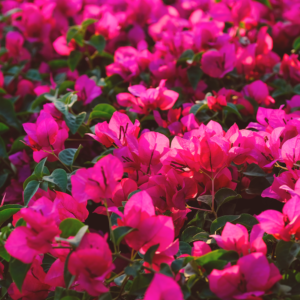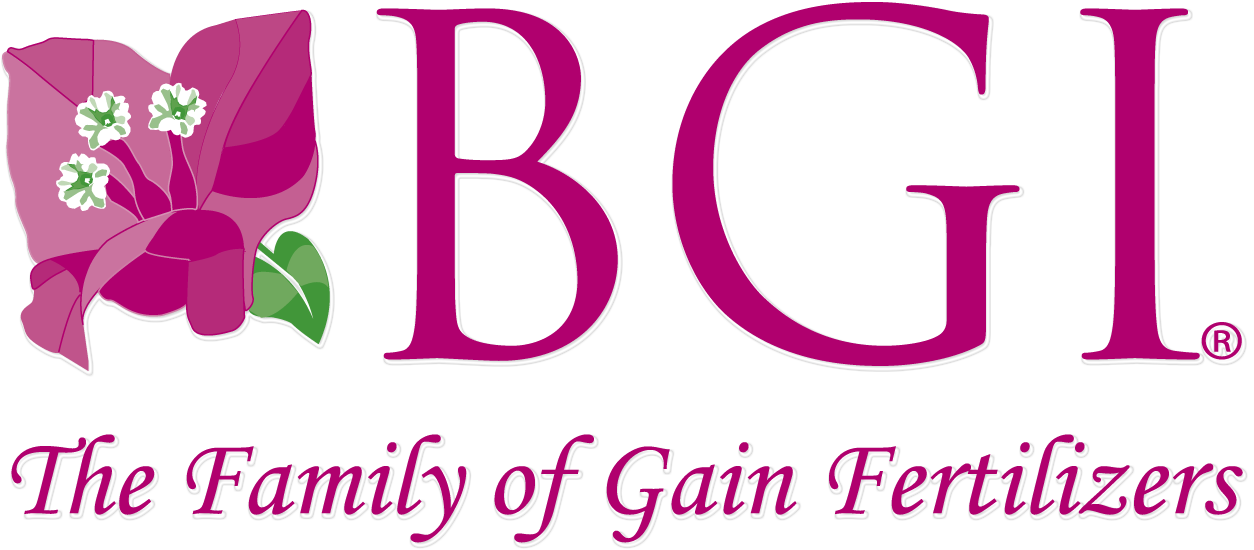
Less than a year ago, we started BGI Services Division. Our service goal is to help the homeowner transform their yards into systems that are in line with natural processes. There has got to be a better way than spraying our yards 3 to 5 times a year with toxic herbicides, fungicides and insecticides. In fact, the average homeowner uses pesticides at 10 times the rate of commercial agriculture. And homeowners almost always use broad spectrum products that kill everything. As you can imagine, this does more harm than good.
Today I am discussing 3 easy steps you can take so you won’t need toxic chemicals!
You can start this process anytime. It provides healthier soil and healthier plants. It leads to a cleaner environment. It’s our personal responsibility to leave the world better than we found it, and where is there a better place than in our own backyards?
Step 1: Getting your yard off drugs. This is the easiest step. Simply stop using pesticides. Just stop! For some this may prove difficult because it has always been done this way. Insecticides, fungicides and herbicides simply cure a symptom of lawn sickness, not the cause, so throw them out!

Step 2: Changing your lawn and gardens diet. Your yard becomes susceptible to pests and diseases when it is unhealthy. Lawns are commonly unhealthy because of poor or nonexistent nutrition management. To find the best fertility plan for your lawn and garden, you should always start with a soil test. This will help you determine the very important pH level of your yard. If the pH is out of balance, nutrients will not be absorbed completely, making your efforts and expense end in vain. A soil test will also tell you which nutrients are currently adequate or deficient. It is harmful to the environment to apply fertilizers that are not needed or are unavailable. When you’re ready to fertilize, be sure you’re using species specific! Plants have different nutritional needs. It’s important to feed your yard what it needs, when it needs it and in the correct amounts. This will create a strong foundation for your yard, save you money and protect the environment. Remember, our goal is to create a nutrient dense environment and healthy soils that ultimately lead to more vigorous, healthy, and stronger turf and plants.
Step 3: Improving your soil biology. A healthy soil is endgame. If we have abundant biological life (like good bacteria and fungi), this assures us of a steady, renewable supply of available plant nutrients, a soil that is friable, with airspace and plentiful H2O holding capacity while still providing good percolation and internal drainage.

Bacteria are single celled organisms that help mineralize nutrients, provide organic matter and buffer soil pH. There is, on average, 500-1,000 lbs per acre of beneficial bacteria in healthy soils.
Fungi consist of invisible thread-like substances of which there are over 100,000 known types. Fungi serve similar roles as bacteria but can act in an incredible symbiotic relationship between the soil and plants. Fungi typically compose 1,000-2,000 lbs per acre in healthy soils. An example of this beneficial fungi is Mycorrhizae. This fungus attaches to the root tips of plants and extends far beyond the roots. These “conveyer belts” of the roots transport nutrients and minerals to the plants. Hence, because of this vast network of fungi, food and H2O is much more available to the plant.
Think of bacteria and fungi like the “digesters” of the soil. Once fertilizer or organic matter is digested or mineralized, it becomes available to the plant. A good sol is highly infiltrated with these types of organisms, as well as, nematodes, protozoa, and worms.
Ways to promote the biology of your soil include allowing your grass clippings to decompose in place, applying compost to plant beds, feed with natural and organic plant foods that both provide food to your soil biology and to your turf and landscape. In healthy soils, microbes provide abundant aeration, it is also a wonderful cultural practice that promotes soil life and plant health to mechanically aerate your turf 2 to 3 times a year. Another critical cultural practice that will lead to much healthier turf and landscape is not watering every day. Force water down the soil profile by watering heavier but less frequently, this will force roots down and lead to healthier plants.

A couple things I look at when first walking in a new yard is thatch and leaf structure. Healthy soils do not have thick thatch or heavy mat under the grass. This is because the microbial life is eating it up and releasing nutrients. Thick thatch and low organic matter is often associated with “chemical yards”
The soil ecosystem cannot thrive under an onslaught of all the pesticides. Remember the 1st step? Thick thatch is a red flag. A second indicator of health is leaf structure. A thick, dark green, fully expanded new growth leaf means lipids and nutrients are available and being translocated, i.e. a healthy environment! If plants are strong and healthy, pests have much less impact. Thick, dense, healthy turf significantly reduces weeds as well. If you have the occasional need to kill a weed or two, consider a vinegar-based organic weed killer, they are often quite effective AND easy on the earth.
There are many direct and indirect benefits of natural yards. We cannot outsource our individual responsibility to protect the environment. Start in your own back yards! Like the Hippocratic oath our doctors once upon a time lived by; “First, do no harm.”
To your yards health!
Take care,



